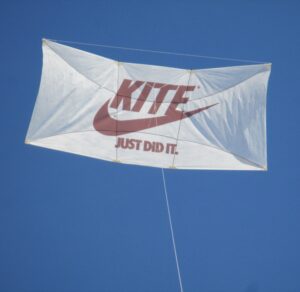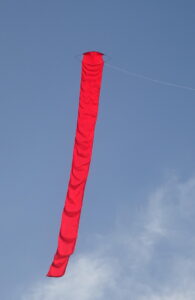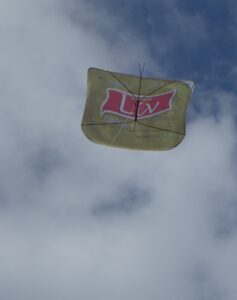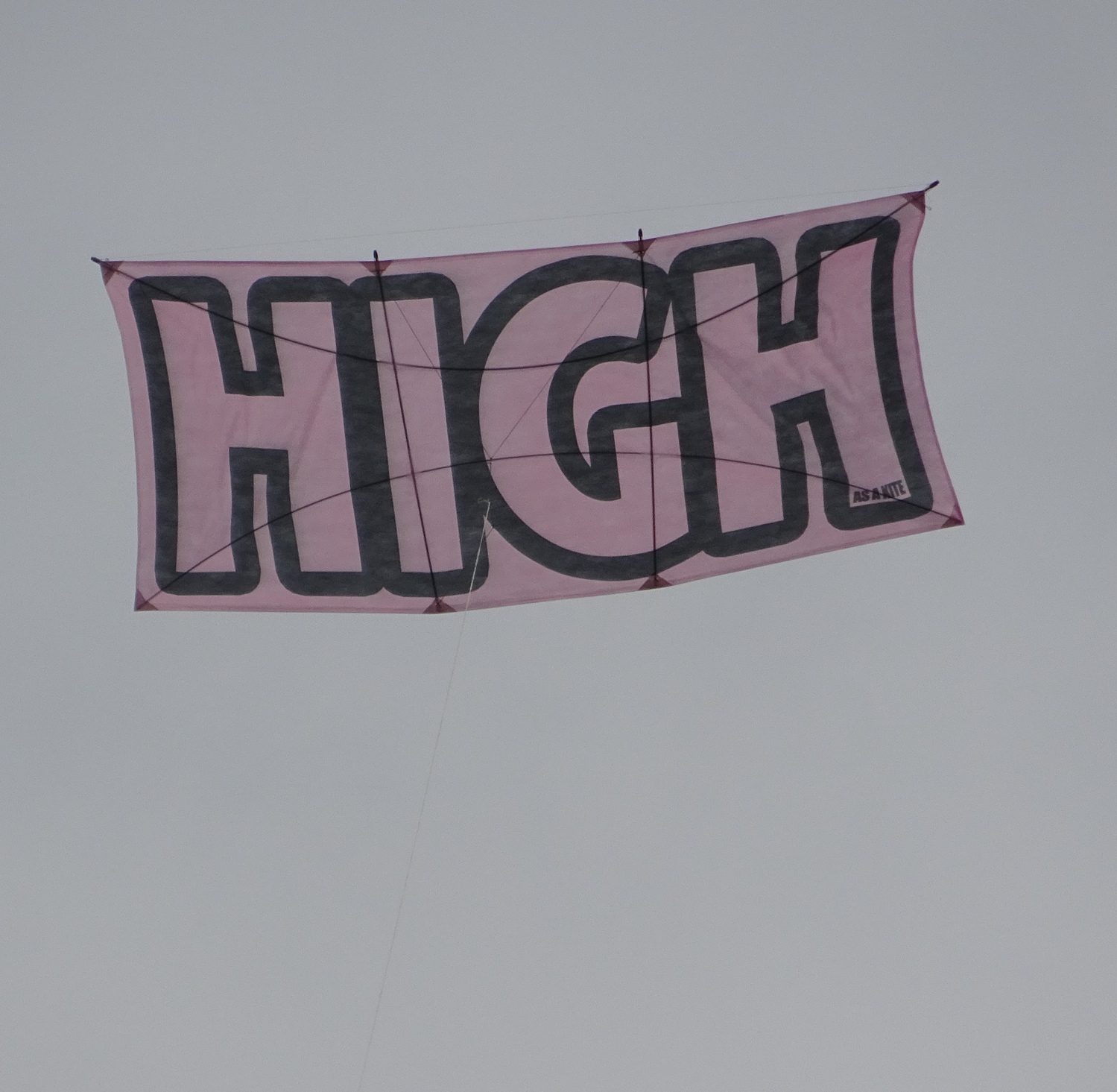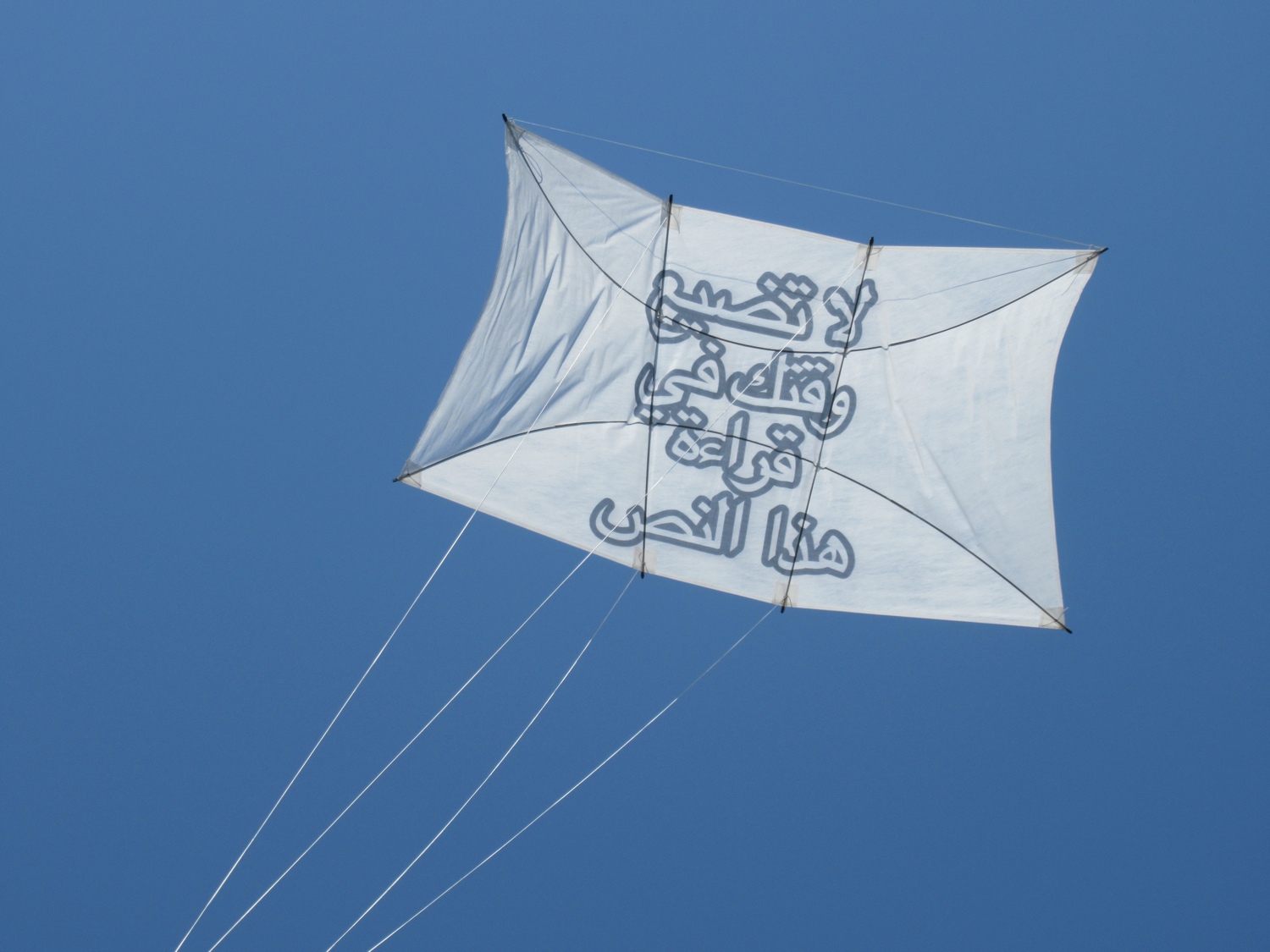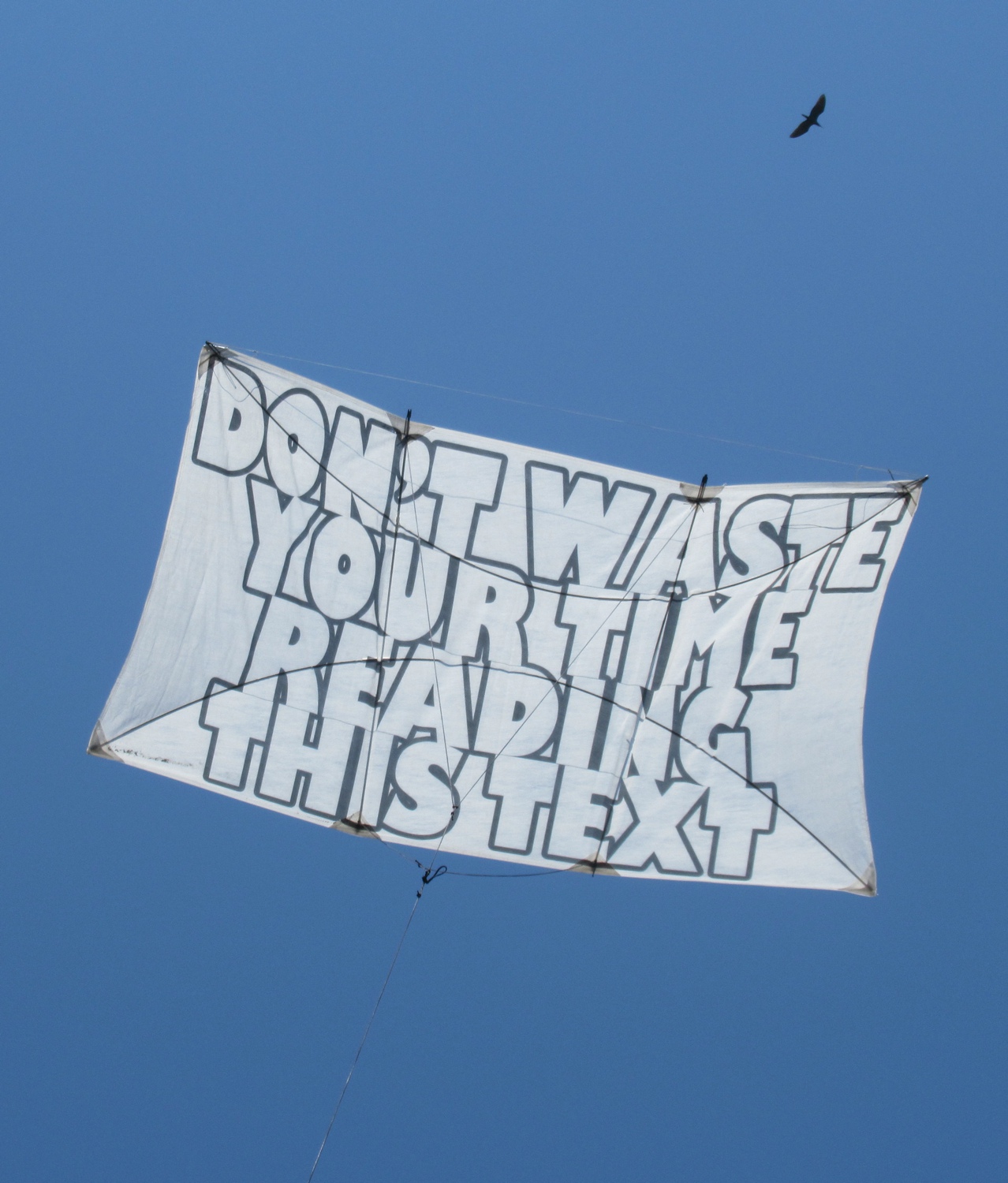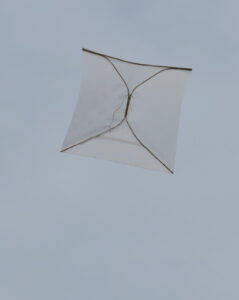
Kites in chronological order after design year, from 1994 and onwards.
The kites are grouped in sections of eight.
On smartphone: use finger for scrolling sideways to be able to see all pictures.
–
Details of kites # 25 – 32.
Click the picture to get a larger picture.
Click the button under the picture to get more information.
| Kite Name | Picture | Picture | Picture |
| 25. Square Foot Single point Square | Square Foot Square Swede | ||
| 26. BAHCO 10 BAHCO 10 | |||
| 27. Don't Waste Your Time Don't Waste Time | Don't Waste Your Time 不要浪费 - Bùyào làngfèi | Don't Waste Your Time La tudie - لا تضيع | Don't Waste Your Time Jangan buang |
| 28. Money Laundry Money Laundry | Money The Money | Inflation Inflation | EyeD Eye D |
| 29. Imposters - Ingvar Brand new kite 1 | Imposters - Just did it Brand new kite 2 | Aerosmith Aerosmith | |
| 30. Block Shot Block Shot | Block Shot Block Shot | The hint | |
| 31. YangTze Canterbury 30 m | YangTze Canterbury 15 m | YangTze Tricolor in Dieppe YangTze | YangTze videos |
| 32. Butterfly Butterfly | Liv Liv | Anchor Anchor | Emborg Emborg |
The rest of the kites.
Click the button in left column the get the details of the kites in the section.
1. A-Kross | 2. Fold Black | 3. Who's flying whom? | 4. Volvolare | ||
| View details of kites 1 - 8 | 5. Go fly a Kite, Charlie Brown!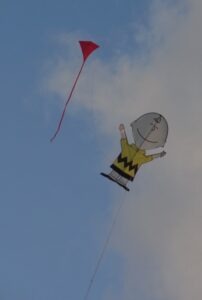 | 6. Sverker Longship | 7. Ruler of the Sky | 8. SHARK |
9. Salida Sled | 10. Fly50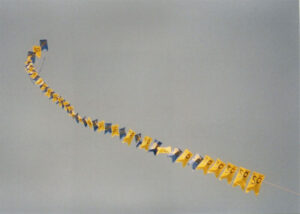 | 11. Flag | 12. Sueño de Barrilete |
|
| View details of kites #9 - 16 | 13. ReTurn | 14. Confusion (Fat Flat Rok)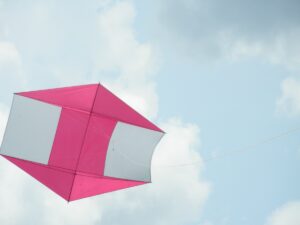 | 15. Red Tail | 16. Sake Dako |
17. Absolut Kite | 18. Nokap | 19. Flyn | 20. WannaBees |
|
| View details of kites #17 - 24 | 21. PentArch | 22. Stockholm 1912 | 23. Coded & Decoded | 24. Ikan & Sakana |
25. Square Foot | 26 BAHCO 10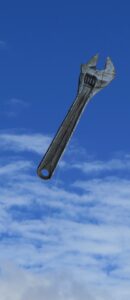 | 27. Don't Waste Your Time | 28. Money Laundry |
|
| View details of kites #25 - 32 | 29. Imposters | 30. Block Shot | 31. YangTze | 32. Butterfly |
41. Ririn | 42. ThorNado | |||
| View details of kites #41 - 48 |








